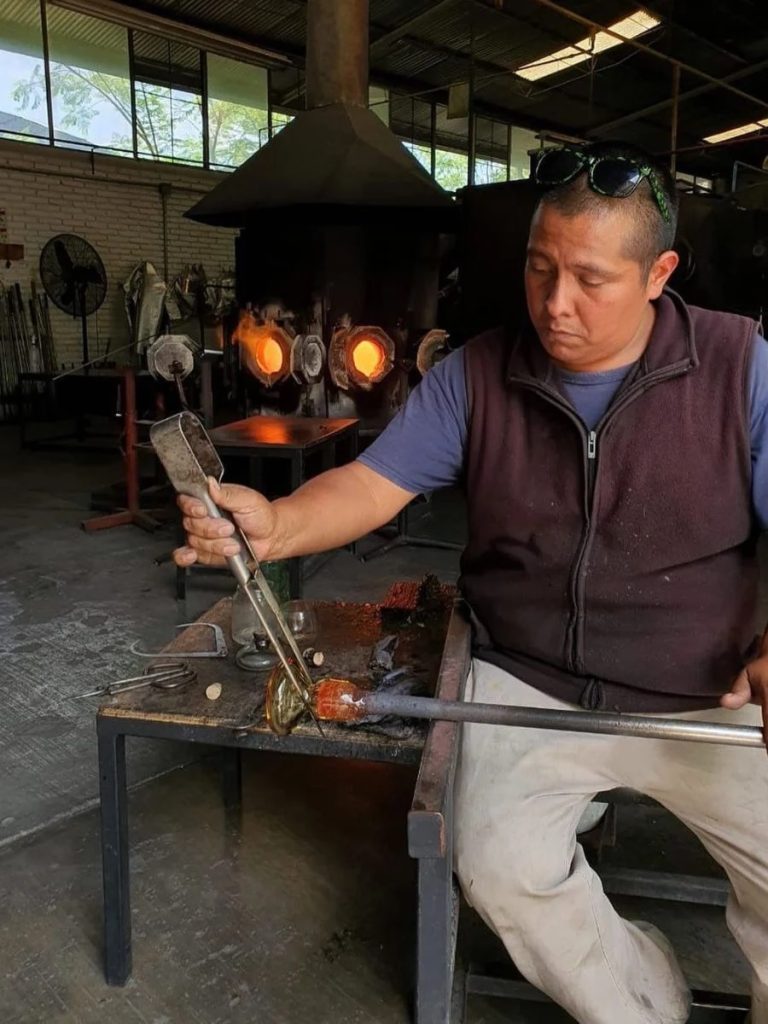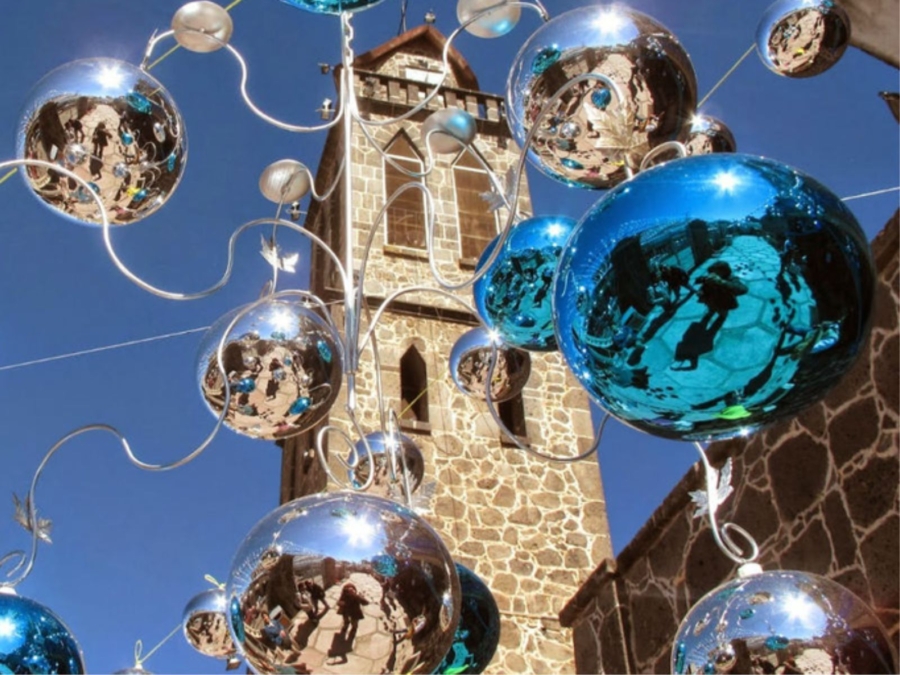The glass industry in Mexico has a professional business platform, designed for the exchange of information, the presentation of products, services and technological innovation, and training on current issues within the sector. Glasstech Mexico / Doors & Windows, will take place from July 9 to 11, 2024 at Expo Guadalajara. Register as a visitor here: https://shorturl.at/J21b3
Blown glass, one of Mexico’s most representative handicrafts.
(Vía México Desconocido)
Although blown glass arrived with the Spaniards in the 16th century, today national artisans have developed their own, very Mexican style. Spheres, skulls, tequila glasses and “milagritos” are some of the many objects with which our country has enriched the traditional technique of blown glass, especially in the states of Puebla and Jalisco; also incorporating typical Mexican shapes and colors, such as flag green, Mexican pink and cobalt blue.
Origin of blown glass
The creation of the blown glass technique is attributed to the Syrians around 300 B.C. and later it would
become popular in the Roman Empire. It would arrive in New Spain in the 16th century, with the main
workshops establishing in Puebla de los Angeles, managed by Spaniards.
However, with the passage of time, Mexicans would learn the technique and would become great master
glassmakers, not only in Puebla but also in Mexico City, Oaxaca and Jalisco, particularly in Guadalajara,
Tlaquepaque and Tonala.
Currently, Puebla and Jalisco are recognized for their important production of blown glass in lamps, tableware, decorative figures, jewelry and vases, which are exported worldwide.
How is handmade glass made?
First, the glass is a mixture of silica sand, sodium carbonate and limestone that is melted in furnaces at high temperatures (between 500 and 1,600 ° C) to obtain a thick mass, easy to mold, with a consistency of honey or molasses.

Then, the artisan blows into the molten glass through a metal tube called cane, forming air bubbles in the
molten glass, which is then molded according to the product he wants to create, assisted by different types of tweezers and scissors.
Finally, once the artisan has obtained the desired figure, finishes, handles or bases are placed and baked about eight hours to give it hardness. It should be noted that the technique of blown glass requires great skill, as molten glass is fragile and is processed at very high temperatures, hence the need for several artisans to be involved in the development of the pieces.

Characteristics of blown glass.
Most Mexican artisans use recycled glass. Because of this, it is difficult for the pieces to achieve 100%
transparency. The most common colors in blown glass are green, amethyst, different shades of blue such as cobalt and amber.
Since they are handmade, the pieces usually have bubbles inside and organic shapes. When objects with exact measurements are being produced, special molds are made and used. With proper care, blown glass, is more resistant and durable than common glass.
The glass industry in Mexico has a professional business platform, designed for the exchange of information, the presentation of products, services and technological innovation, including training sessions on current trends within the sector. Glasstech Mexico / Doors & Windows, will be held from July 9 to 11, 2024 at Expo Guadalajara. More information: https://www.glasstechmexico.com/



